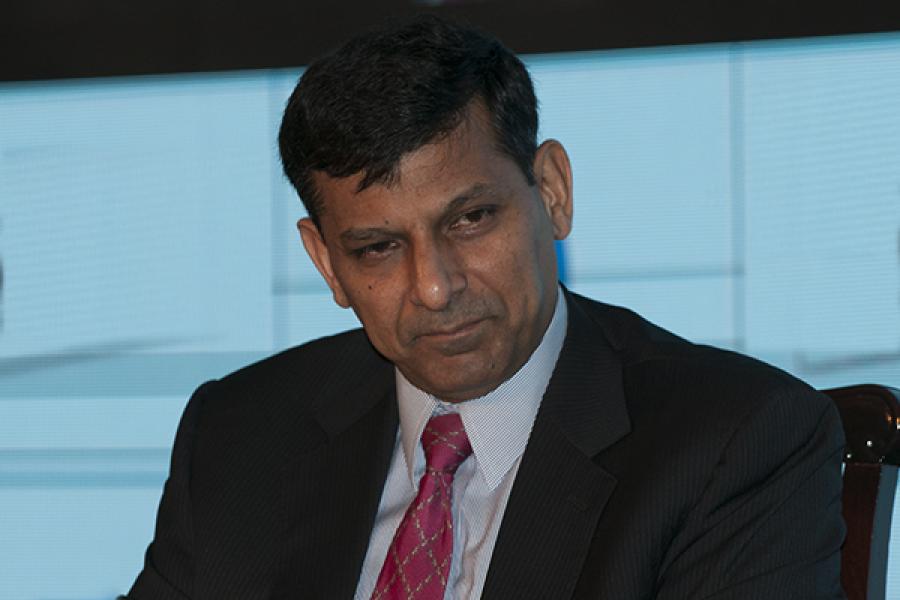Is Raghuram Rajan a scapegoat?
Economists feel it was wrong of Niti Aayog's Rajiv Kumar to blame the former RBI governor for demonetisation


 Former RBI Governor Raghuram Rajan
Former RBI Governor Raghuram Rajan
Image: Mexy XavierNiti Aayog Vice Chairman Rajiv Kumar has blamed former RBI governor Raghuram Rajan’s AQR (asset quality review) for demonetisation. Through AQR, Rajan had asked banks to recognise loans of about 150 companies to be marked as NPAs (Non Performing Assets) between 2015 and 2016. The exercise showed that almost all public sector banks had higher NPAs and hid bad assets under forbearance. The AQR fallout was that banks, whose balance sheets were already weak, became reluctant to lend more. This hurt credit flow, investments and in turn domestic growth. Here’s what experts have to say:
“NPAs were a malice to the banking system and there was a need to clean up the banking sector. As a result, the growth margin was affected and there was a slowdown. But it was the right decision we needed a cleaner banking system. The collateral to the clean-up was growth. But to blame the clean-up of banks as the cause of a slowdown isn’t fair. There are many alternative sources for credit such as ECBs and corporate bonds.”
—Madan Sabnavis, Chief economist, Care Ratings
“Raghuram Rajan’s AQR programme provided clarity on which loans had gone bad and to what extent. It was required. Nevertheless, I believe Rajiv Kumar has been misrepresented. What he possibly pointed towards was that the AQR probably fostered an environment where banks became more cautious and risk averse. The global economy, in terms of demand and headline growth, was worse at that point of time and also had an impact.”
—Abheek Barua, Chief economist, HDFC Bank
“It is true that the clean-up led to a significant slowdown in the economy. By 2014, the investment rate, as a share of GDP, was around 24 percent in comparison to about 36-37 percent in 2008. While the global economic slowdown did have a role, AQR also affected growth adversely. Credit flow was deprived and banks didn’t have the appetite which affected many small and medium enterprises (SMEs). A large number of projects were stalled. Demonetisation would have led to a loss of 0.5 percent of the GDP and was in effect a brake on a fast moving train, since it wasn’t done properly.”
—Pravakar Sahoo, Professor, Institute of Economic Growth, Delhi University
“A central banker is fundamentally responsible for setting standards that accurately reveal the health and stress of each bank. Rajan did exactly that and has to be commended for it. You can’t point to an ex-RBI governor and claim that his more prudent income recognition norms ruined industrial growth. Instead, we need to ask how the companies that are now under bankruptcy could take such disproportionate amount of loans that were far beyond their ability to service. Unfortunately I don’t agree with Rajiv Kumar’s views.”
—Omkar Goswami, Economist and Chairman, Cerg Advisory
First Published: Sep 08, 2018, 10:52
Subscribe Now